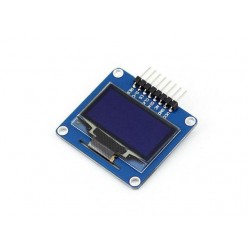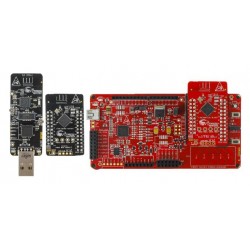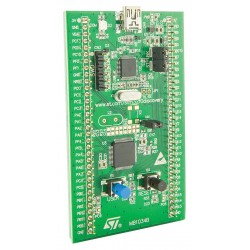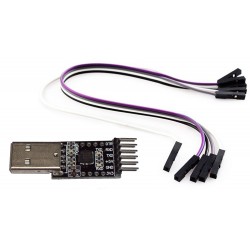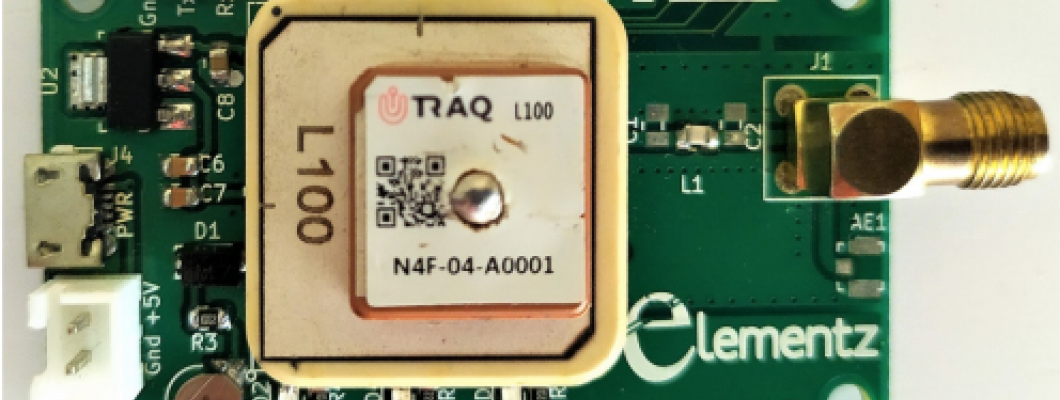
Getting Started with UTRAQ L100 NAVIC GPS receiver module based on IRNSS supported by GAGAN/NaviC signals. UTRAQ launched two models L100 & L110. These are GPS receivers Modules based on IRNSS supported by GAGAN/NaviC signals, designed using L5 and S bands. But in our UTRAQ GPS receiver Modules are designed for two RF bands:L5 frequency and L1 frequency, L5 frequency which is NaviC Frequency, and L1 frequency which is GPS/GLONASS frequency. Where L100 has dual band patch antennas connected to two RF inputs of the board which receives the signals from the satellite. And UTRAQ L110 NAVIC designed for use with an external Antenna as well. The baseboard also has a Super Capacitor, which helps to retain the last track details and helps for hot start with tracking in less than 1 second!
L100 is an ultra-compact POT(Patch on Top) GPS+NavIC module. This is a standalone GNSS module in an SMT type base on ST high sensitivity navigation engine. It has a tiny package and extremely low power consumption makes it easier to be applied to power sensitive devices.
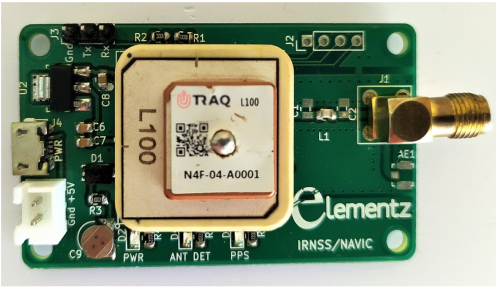
Main Features
- Support GPS+NavIC
- Support STAGNSSTM orbit prediction
- Support SBAS ranging (WAAS, EGNOS, GAGAN, MSAS)
- A low-noise amplifier has been integrated
- Operation temperature : -40℃~+85 ℃
- 3.3 Volt Supercapacitor on V_BCKUP Pin for hot start
Performance Data
- Receiver type 48 tracking channel/2 fast acquisition channels
- NMEA update rate: 1Hz
- Sensitivity Tracking :-162 dBm Reacquisition:-150 dBm Cold starts :-146 dBm
- Time-To-First-Fix without STAGNSSTM Cold starts :32s (typical) Warm starts:30s Hot starts :<1s
- STAGNSSTM Assist Cold starts: TBD (typical) Warm starts: TBD Hot starts :TBD
- Accuracy
- Automatic Position:2.5m CEP
- Speed:0.1m/s
Power Management
- Power supply : +3.3V
- Backup power : +1.6V ~+4.3V
- Power consumption Acquisition: 97.4mA Tracking: 87.7mA
Interfaces
- Serial interfaces: UART
- Digital I/O: PPS/WAKEUP/RESET/ANT_DET/STDBYN
- Protocols: NMEA, PSTM
Models Available
Two models are available with the same pinout.
- L100 has a Patch On Top Antenna
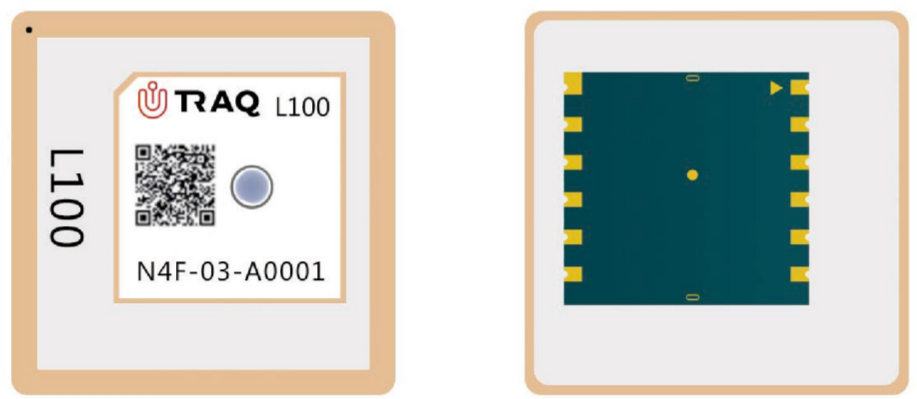
- L110 requires an external antenna
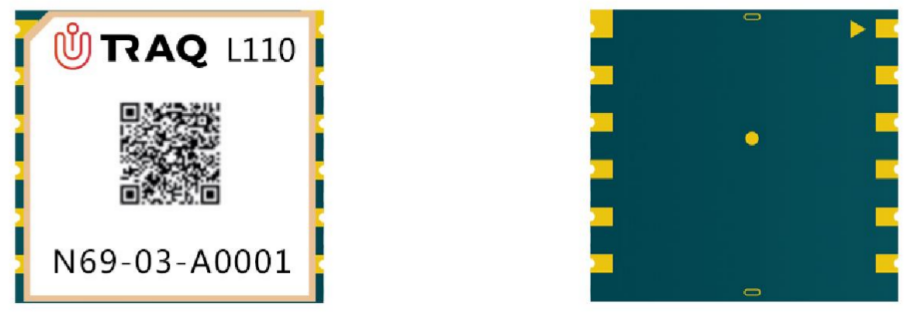
Powering the module
1. Power the module using 5v 2A adapter by connecting to the micro USB port of the module. The power led (red) will be ON which indicates the module got its power required for the operation.
Note:- The GPS antenna should be externally connected with the module.
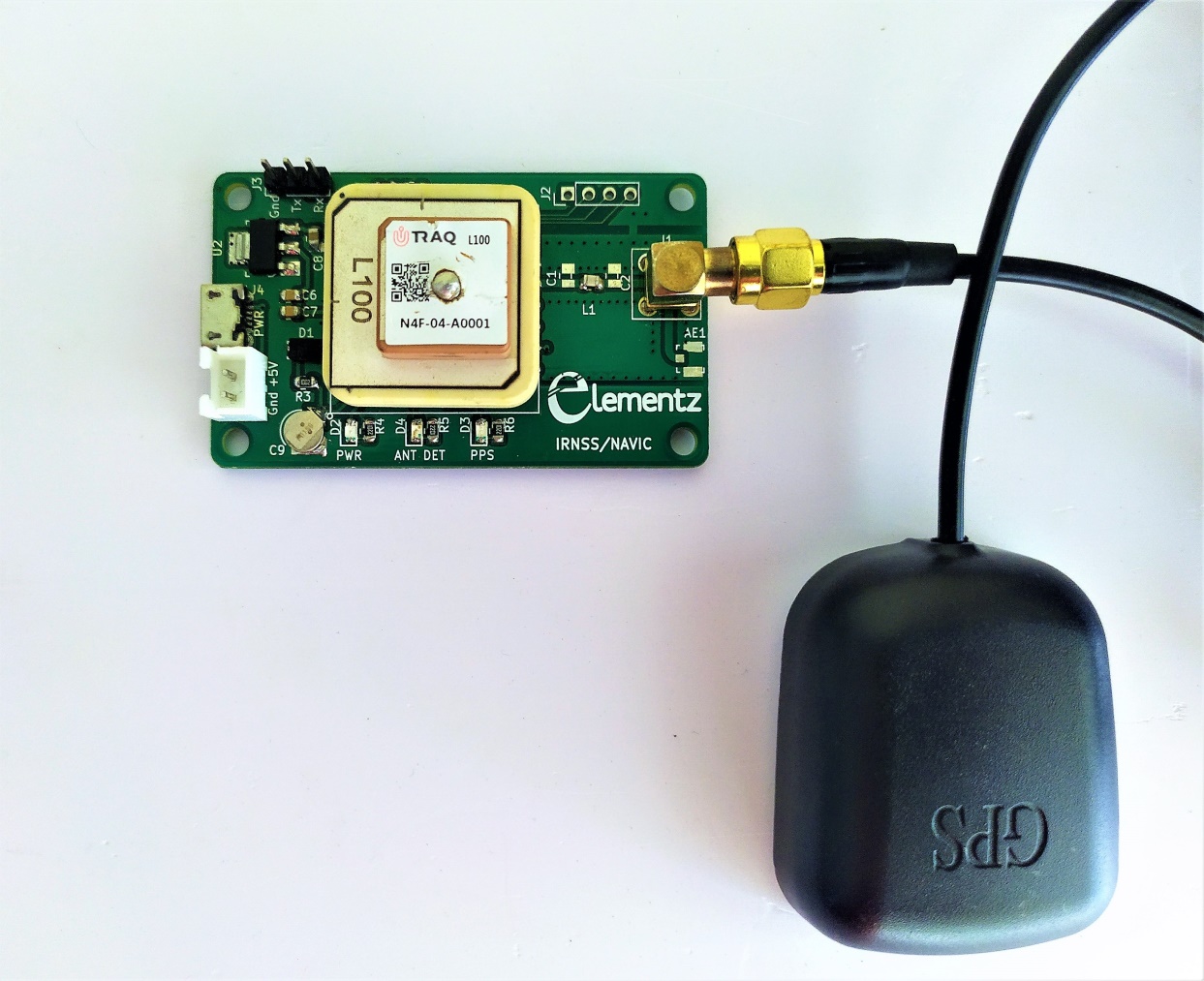
2. Interface the U-traq with CP2102 usb to ttl for getting the GPS information like latitude, longitude, speed, time, date, etc.
Connection:
- GND of Utraq → GND of TTL
- Rx of Utraq → Tx of TTL
- Tx of Utraq → Rx of TTL
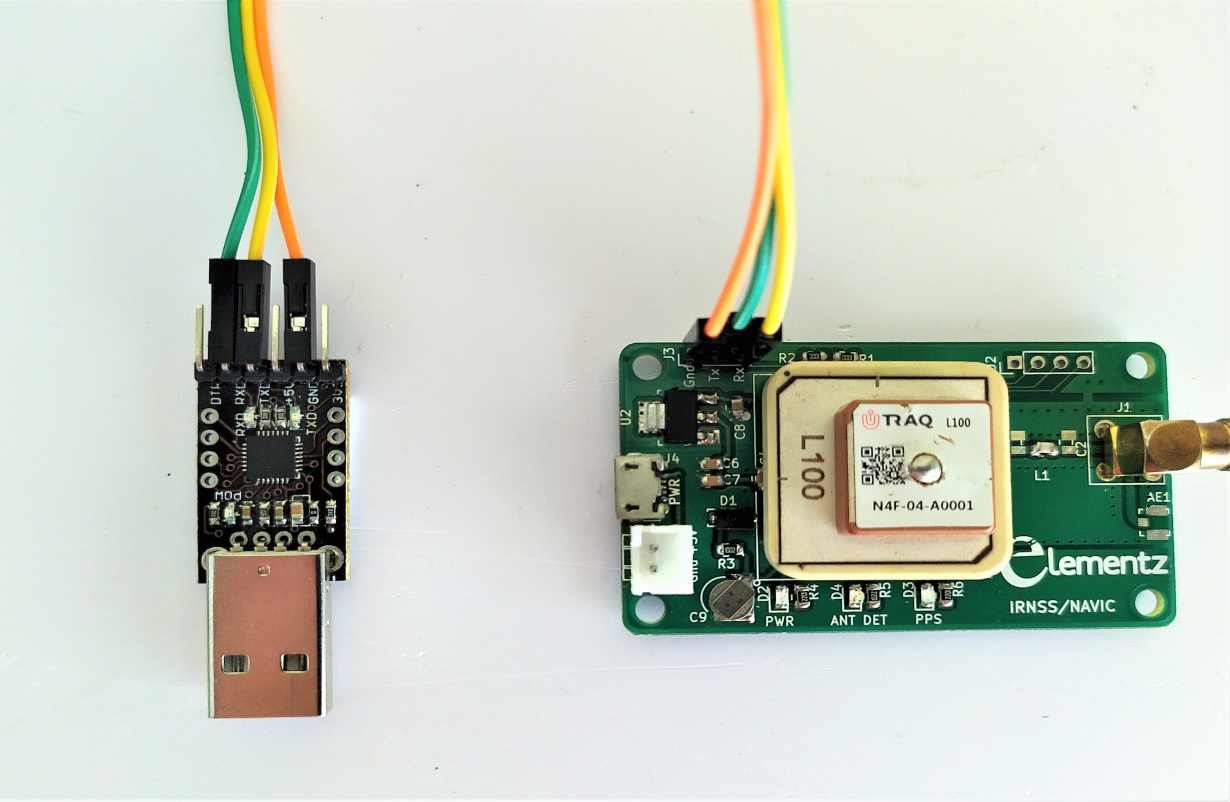
3. Connect the usb to ttl to the usb port of the pc.
Using the test utility
The steps required for testing the module to the PC is shown below:
- Open the terminal and check the usb port to which you are connected by the command dmesg.
- You can see the usb port connected. Here you can see its ttyUSB0
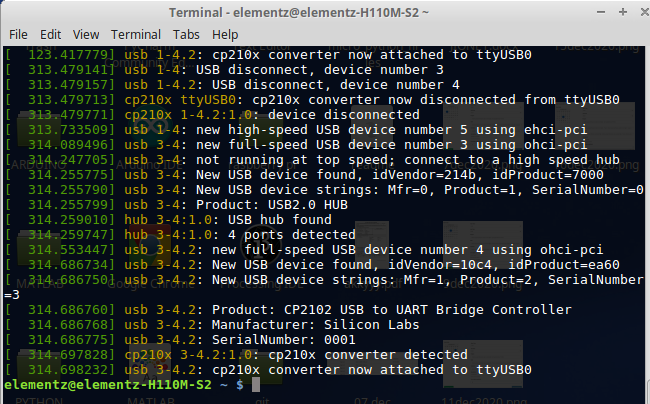
- Open the terminal PuTTY ,for communicating with the serial port.
- The baud rate is 115200.
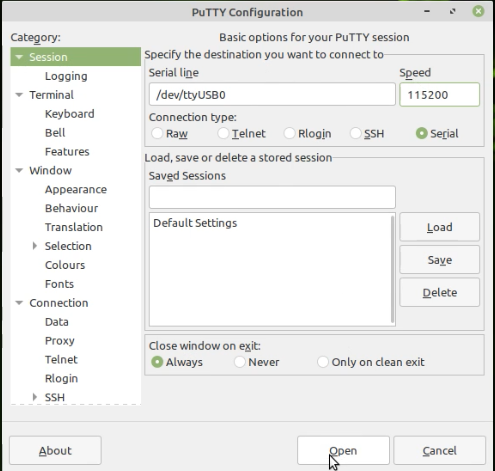
- When GPS is not getting its range no information is availabale in the puTTy terminal.
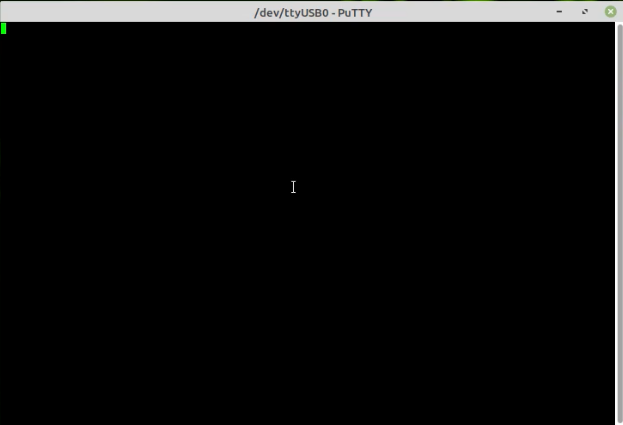
- It will take some time to get the current position of the GPS location. When GPS acquires the exact location you can see the blue led is blinking.
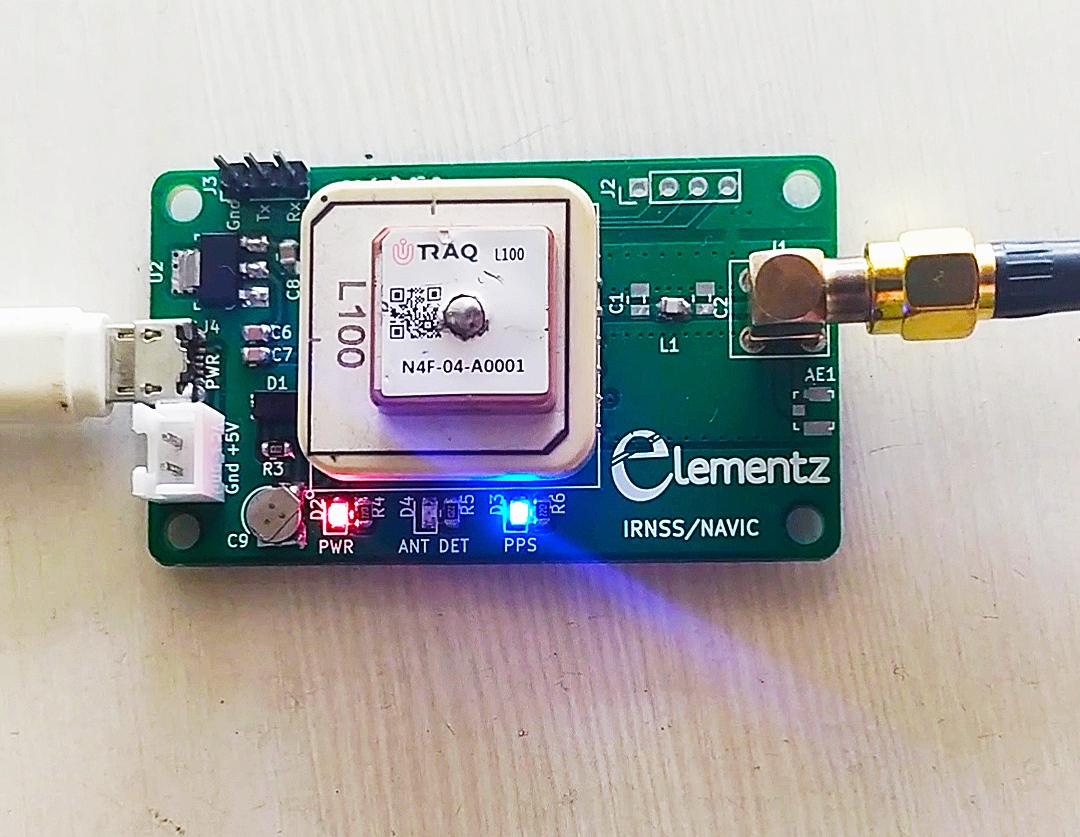
In the terminal you can see the data of GPS module.
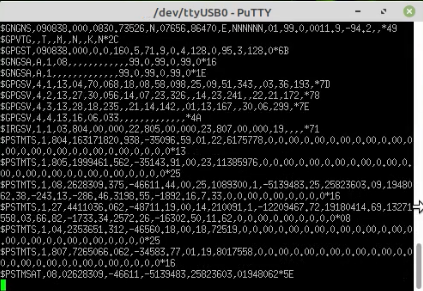
Specification Datasheet Download: UTRAC L100 NAVIC GPS Datasheet


